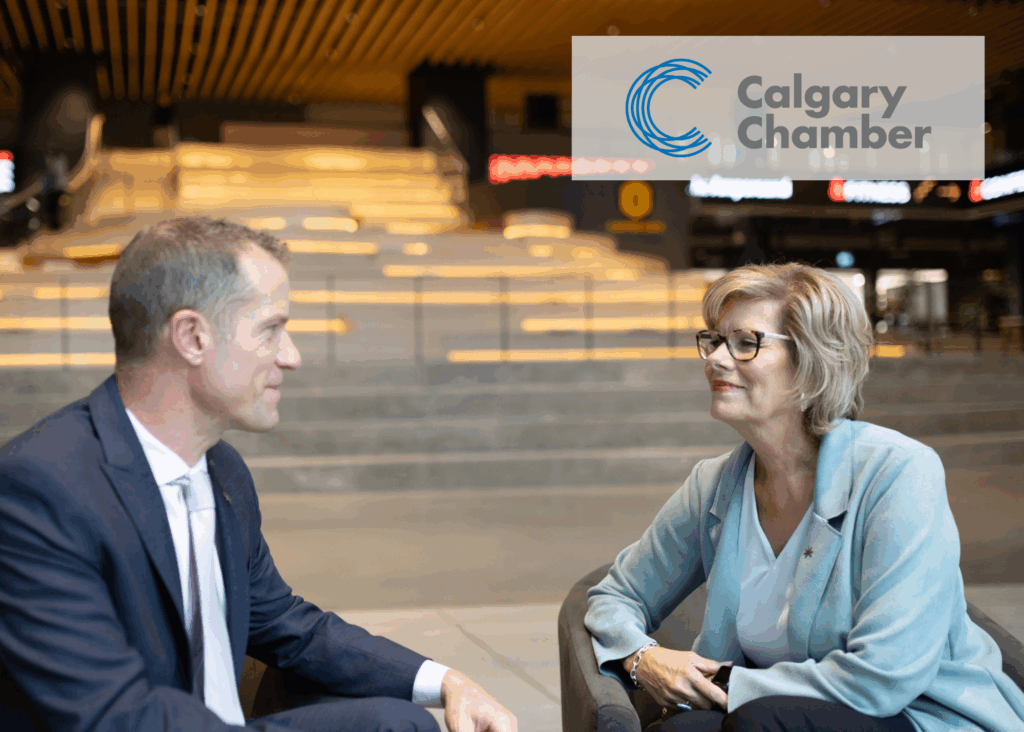Strategies for Mental Agility in Your Leadership
Keeping up with the pace of information is demanding. Staying adaptable and clear-headed when the stakes are high is even more so. Senior leaders today are expected to navigate complexity with precision, balancing quick choices with long-term strategy and impact.
This is where mental agility becomes essential.
At its core, mental agility is the ability to stay flexible, shift perspectives, and make sound decisions even under pressure.
Mental agility is rooted in neuroscience, and leaders must understand how the brain functions to unlock this capability.
And the opportunity for leaders is that mental agility can be developed. That’s because mental agility is all about how well your prefrontal cortex (the brain’s command center) performs executive functions like cognitive flexibility, working memory, and inhibitory control.
By leaning into evidence-based strategies that enhance executive function, leaders can strengthen their leadership capacity to think strategically, respond with clarity, and guide their teams through uncertainty, allowing them to:
- Switch gears rapidly when a pivot is needed
- Hold multiple ideas in mind simultaneously
- Resist impulsive reactions and maintain strategic focus
Mental agility is what sets trailblazing leaders apart from reactive management in times that are uncertain and volatile.
In this article, we’ll explore the neuroscience behind mental agility and provide practical approaches to building it in your leadership. We’ll focus on how cognitive flexibility supports decision-making under pressure and how adaptive thinking sets high-performing leaders apart.
What Mental Agility Really Means at the Executive Level
Mental agility helps leaders think flexibly, adapt to new challenges, and make sound decisions, especially under stress.
As mentioned before, the brain’s prefrontal cortex handles three jobs that matter for executive functions such as:
- Cognitive flexibility, which allows an individual to switch between tasks or perspectives efficiently.
- Working memory that aids in holding and manipulating information to guide decisions.
- Mental control allows leaders to resist impulsive actions in favor of goal-oriented behavior.
These components of executive function allow leaders to manage ambiguity, weigh competing priorities, and guide teams effectively in times of crisis. Without mental agility, decision-making becomes rigid and reactive, which risks personal and organizational stagnation in the face of inevitable change.
Strategies to Enhance Mental Agility
Neuroscience points to four clear, research-backed practices that help leaders build mental agility:
- Reflection Practices
- Non-Directive Coaching
- Physical Exercise
- Perspective-Taking Exercises
Let’s briefly explore them.
1. Reflection practices
Intentional reflection, such as pausing to assess decisions and outcomes, helps leaders enhance working memory and attention, which leads to clearer thinking. Reflective practices can strengthen the brain’s ability to focus and adapt under pressure.
2. Non-directive coaching
Engaging in coaching that fosters self-reflection activates the brain’s default mode network, which is linked to innovative thinking and problem-solving. Leaders who engage in or adopt a coaching approach stimulate cognitive flexibility in themselves and their teams.
3. Physical exercise
Regular physical activity supports neuroplasticity, which is the brain’s capacity to adapt and reorganize itself. Exercising often can help you enhance executive functions, making it easier to handle complex leadership challenges.
4. Perspective-taking exercises
Deliberately considering alternative viewpoints builds mental flexibility. Leaders who mentally rehearse “what if” scenarios can expand their ability to switch perspectives and respond to new information effectively and from a place of neutrality.
Implementing mental agility in leadership
Picture this. A senior leader faces a sudden market shift that threatens her product line. She needs a quick pivot. Instead of defaulting to old strategies, she
- takes a moment to reflect
- consults her team for diverse input
- and engages in a brief walk to reset her thinking
This combination of reflection, perspective-taking, and physical reset allows her to craft a bold new strategy.
So, the question then becomes, how can leaders integrate these practices into their routines?
Here’s how:
- Practice daily reflection by scheduling 10 minutes to review decisions and identify moments where flexibility made a difference.
- Engage in coaching conversations by using open-ended questions to challenge assumptions and encourage innovative thinking in your team.
- Prioritize activity and movement, and incorporate short fitness practices or walks during the day to reset focus and improve cognitive clarity.
Final reflection: How agile is your thinking?
Take a moment to reflect on your own leadership practices. Ask yourself questions such as
- When did I last adjust my approach based on new information?
- Do I challenge my assumptions, or do I default to familiar solutions?
- How often do I pause to reflect before making a high-stakes decision?
Leaders who consistently nurture these practices not only enhance their mental agility but also inspire their teams to embrace adaptability and growth.
Want to strengthen your own mental agility? Our Executive Coaching Programs are designed to help leaders unlock deeper clarity, confidence, and cognitive flexibility.





